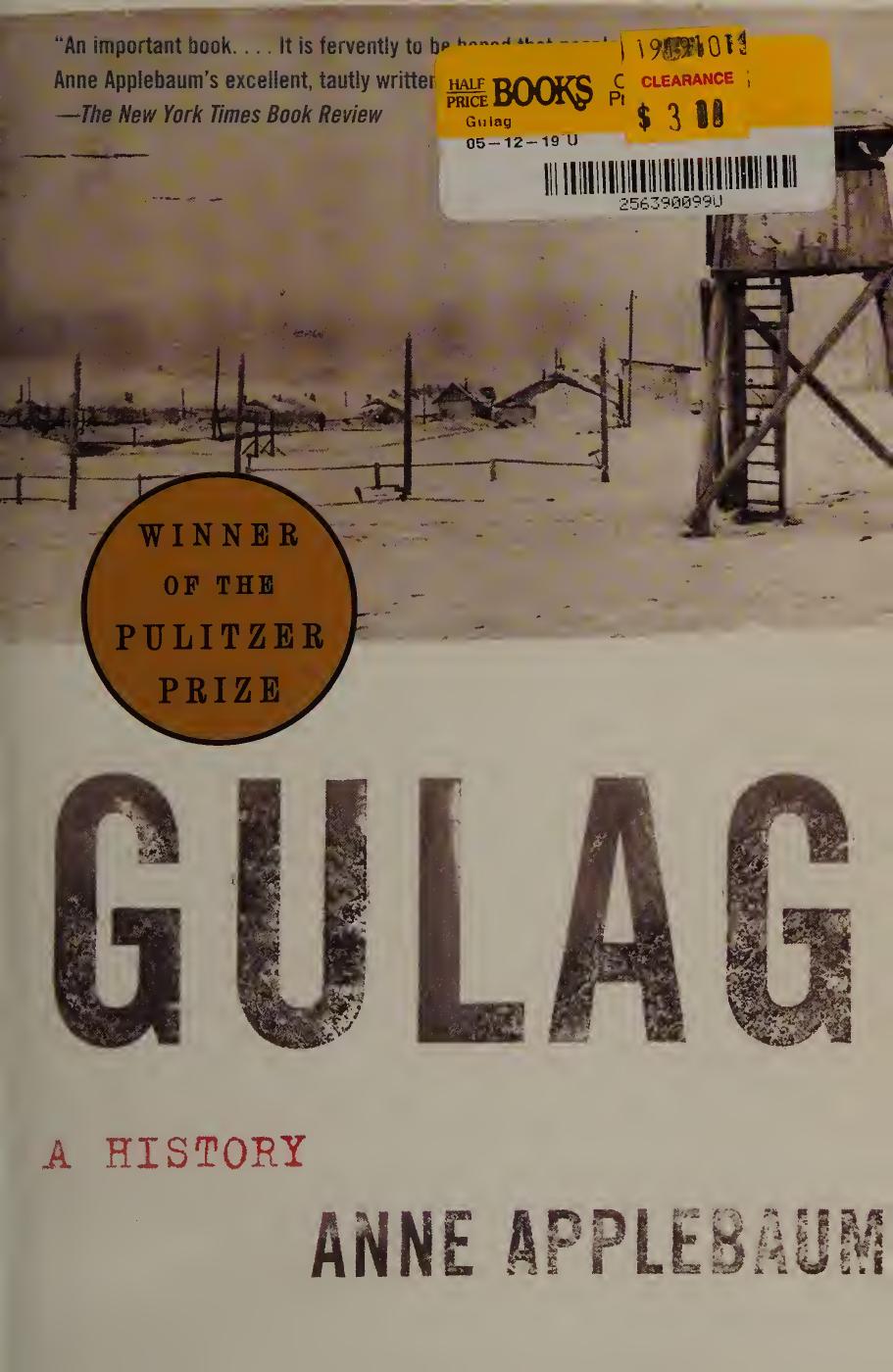Gulag: A History by Anne Applebaum

Author:Anne Applebaum
Language: eng
Format: mobi, epub, azw3, pdf
Tags: Europe, Concentration Camps, Social Science, Labor & Industrial Relations, Penology, Russia & the Former Soviet Union, Modern, Prisons, Former Soviet Republics, Soviet Union, Forced Labor, Political Science, General, 20th Century, History
ISBN: 9780307426123
Publisher: Anchor
Published: 2003-01-02T00:00:00+00:00
Hunger for Love: male prisoners peering over the fence into the women’s zone—a drawing by Yula-Imar Sooster, Karaganda, 1950
Such letters, remembered Leonid Sitko, were written on tiny pieces of paper, with tiny letters. Everyone signed them with false names: his was “Hamlet,” his girlfriend’s was “Marsianka.” They had been “introduced” through other women, who had told him she was extremely depressed, having had her small baby taken away from her after her arrest. He began to write to her, and they even managed to meet once, inside an abandoned mine.37
Others developed even more surreal methods in their quest for some kind of intimacy. In the Kengir special camp, there were prisoners—almost all politicals, deprived of all contact with their families, their friends, and the wives and husbands they had left back home—who developed elaborate relationships with people they had never met.38 Some actually married one another across the wall that divided the men’s and women’s camps, without ever meeting in person. The woman stood on one side, the man on the other; vows were said, and a prisoner priest recorded the ceremony on a piece of paper.
This kind of love persisted, even when the camp administration raised the wall, covered it with barbed wire, and forbade prisoners to go near it. In describing these blind marriages even Solzhenitsyn momentarily drops the cynicism he applies to almost all other camp relationships: “In this marriage with an unknown person on the other side of a wall . . . I hear a choir of angels. It is like the unselfish, pure contemplation of heavenly bodies. It is too lofty for this age of self-interested calculation and hopping-up-and-down jazz . . .”39
If love, sex, rape, and prostitution were a part of camp life, so too, it followed, were pregnancy and childbirth. Along with mines and construction sites, forestry brigades and punishment cells, barracks and cattle trains, there were maternity hospitals and maternity camps in the Gulag too—as well as nurseries for babies and small children.
Not all of the children who found their way into these institutions were born in the camps. Some were “arrested” along with their mothers. Rules governing this practice were always unclear. The operational order of 1937, which mandated the arrests of wives and children of “enemies of the people,” explicitly forbade the arrest of pregnant women and women nursing babies.40 A 1940 order, on the other hand, said that children could stay with their mothers for a year and a half, “until they cease to need mother’s milk,” at which point they had to be put in orphanages or given to relatives.41
In practice, both pregnant and nursing women were regularly arrested. Upon carrying out routine examinations of a newly arrived prisoner convoy, one camp doctor discovered a woman having labor contractions. She had been arrested in her seventh month of pregnancy.42 Another woman, Natalya Zaporozhets, was sent on a transport when she was eight months pregnant: after being knocked around on trains and in the back of trucks, she gave birth to a dead baby.
Download
Gulag: A History by Anne Applebaum.epub
Gulag: A History by Anne Applebaum.azw3
Gulag: A History by Anne Applebaum.pdf
This site does not store any files on its server. We only index and link to content provided by other sites. Please contact the content providers to delete copyright contents if any and email us, we'll remove relevant links or contents immediately.
| Anarchism | Communism & Socialism |
| Conservatism & Liberalism | Democracy |
| Fascism | Libertarianism |
| Nationalism | Radicalism |
| Utopian |
The Secret History by Donna Tartt(18850)
The Social Justice Warrior Handbook by Lisa De Pasquale(12142)
Thirteen Reasons Why by Jay Asher(8796)
This Is How You Lose Her by Junot Diaz(6795)
Weapons of Math Destruction by Cathy O'Neil(6146)
Zero to One by Peter Thiel(5686)
Beartown by Fredrik Backman(5599)
The Myth of the Strong Leader by Archie Brown(5425)
The Fire Next Time by James Baldwin(5249)
How Democracies Die by Steven Levitsky & Daniel Ziblatt(5128)
Promise Me, Dad by Joe Biden(5087)
Stone's Rules by Roger Stone(5026)
A Higher Loyalty: Truth, Lies, and Leadership by James Comey(4845)
100 Deadly Skills by Clint Emerson(4840)
Rise and Kill First by Ronen Bergman(4704)
Secrecy World by Jake Bernstein(4646)
The David Icke Guide to the Global Conspiracy (and how to end it) by David Icke(4626)
The Farm by Tom Rob Smith(4438)
The Doomsday Machine by Daniel Ellsberg(4416)
